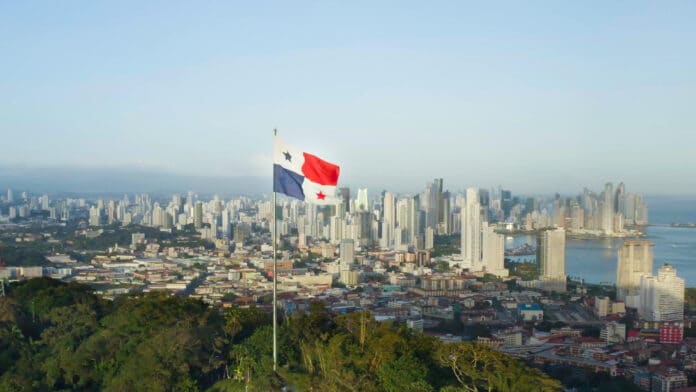Up until 2017, there was nothing as unstable as the Panama Flag. The flag of Panama has been changed a couple of times throughout history. Although they are not the country with the most flag changes, they’ve really shown themselves.
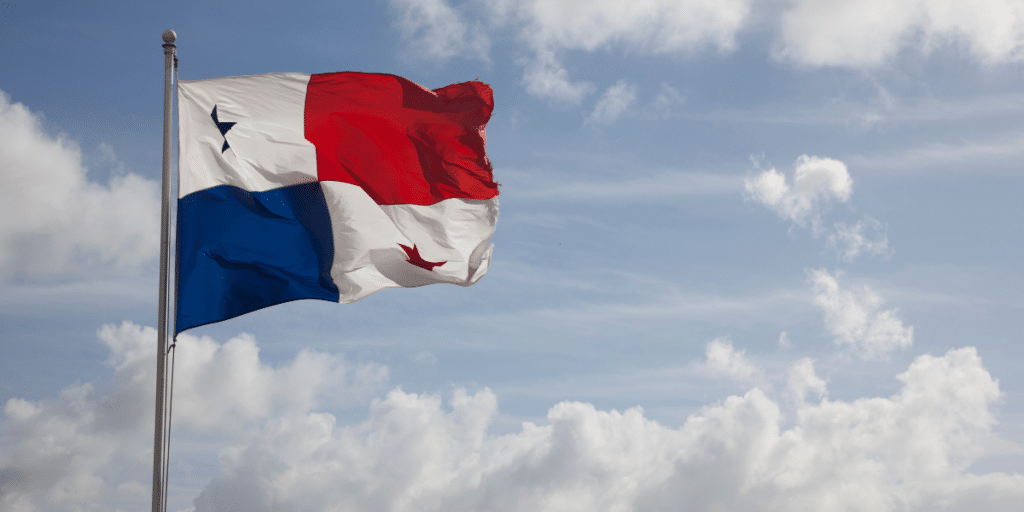
Afghanistan is the country with the most flag changes, with a record 30 times.
Brief History Of Panama
Panama’s history is rich and diverse, marked by indigenous cultures, Spanish colonization, and geopolitical shifts.
Various indigenous groups, including the Cueva, Cocle, and Chibchan peoples, inhabited the Isthmus of Panama. These societies had established trade routes and cultural practices.
In 1501, Rodrigo de Bastidas was the first European to explore Panama. In 1513, Vasco Núñez de Balboa crossed the isthmus and became the first European to see the Pacific Ocean.
Panama became a crucial crossroads for transporting gold and silver from South America to Spain.
Panama’s strategic location led to the development of the Camino Real (Royal Road), facilitating the movement of goods.
However, due to its vulnerability to pirate attacks, the Spanish crown established Panama City in 1519 on the Pacific coast.
The 17th and 18th centuries saw Panama targeted by pirates and privateers. In 1671, the pirate Henry Morgan sacked and burned Panama City. In the 18th century, the British attempted to establish control over the region, leading to conflicts like the Battle of Porto Bello.
Let’s look at the history of the Panamanian flag
Related: Non-Binary Flag: Meaning, Colour, and the People
History Of The Panamanian Flag
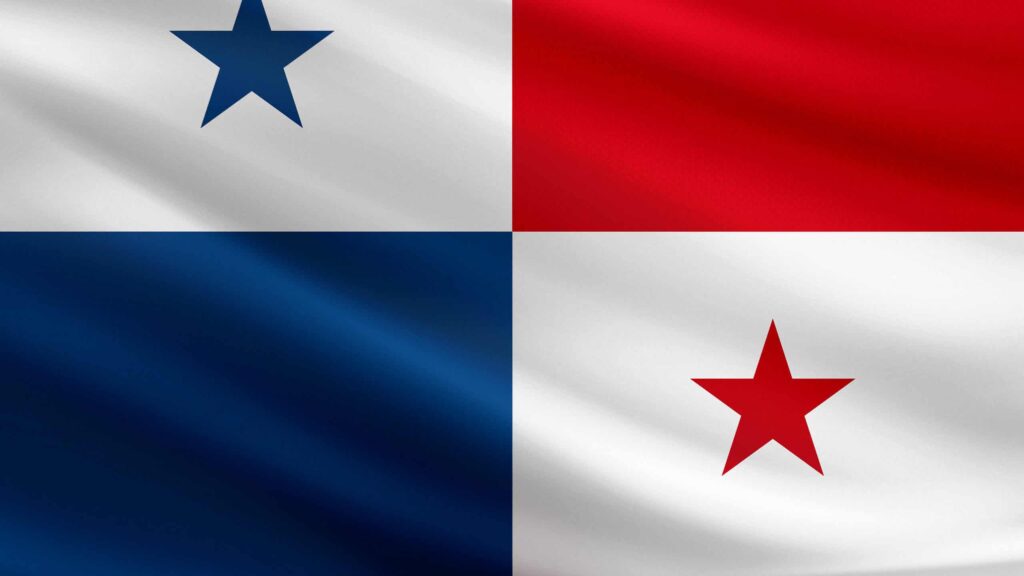
In the 16th century, Panama was colonized by Spain, and the flags displayed under Spanish rule included the red cross of Burgundy and the horizontal triband Spanish flag with red, yellow, and red stripes.
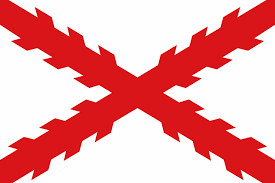
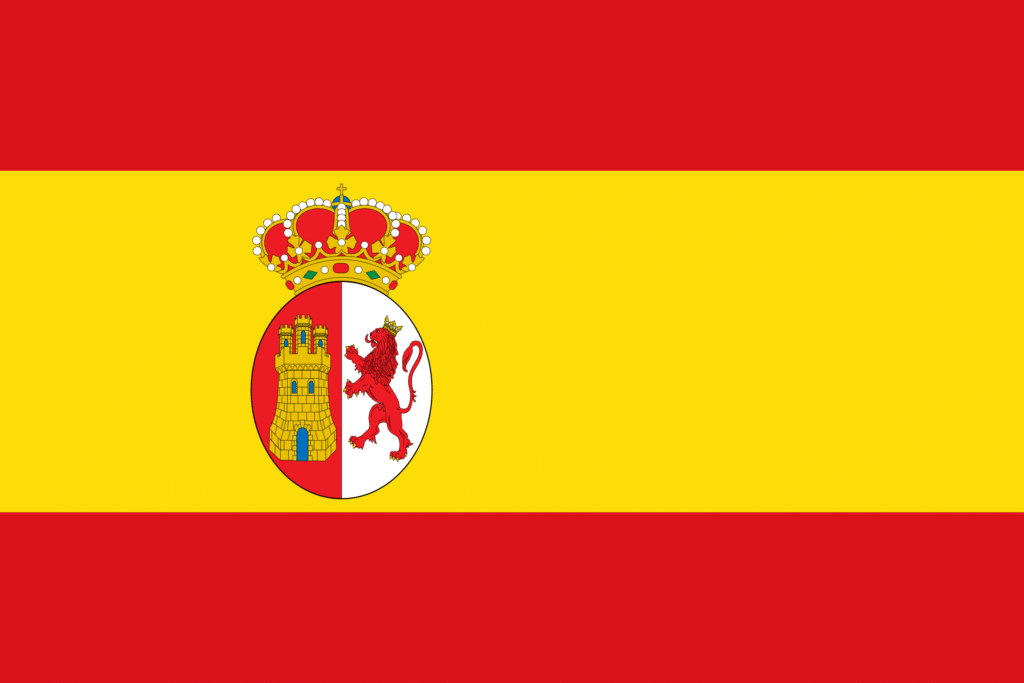
In 1821, Panama united with Ecuador and Nueva Granada to form Gran Colombia. The adopted flag featured a horizontal tricolour of yellow, blue, and red, with a central coat of arms.
A year later, the coat of arms was modified, and the shade of the blue band was lightened.
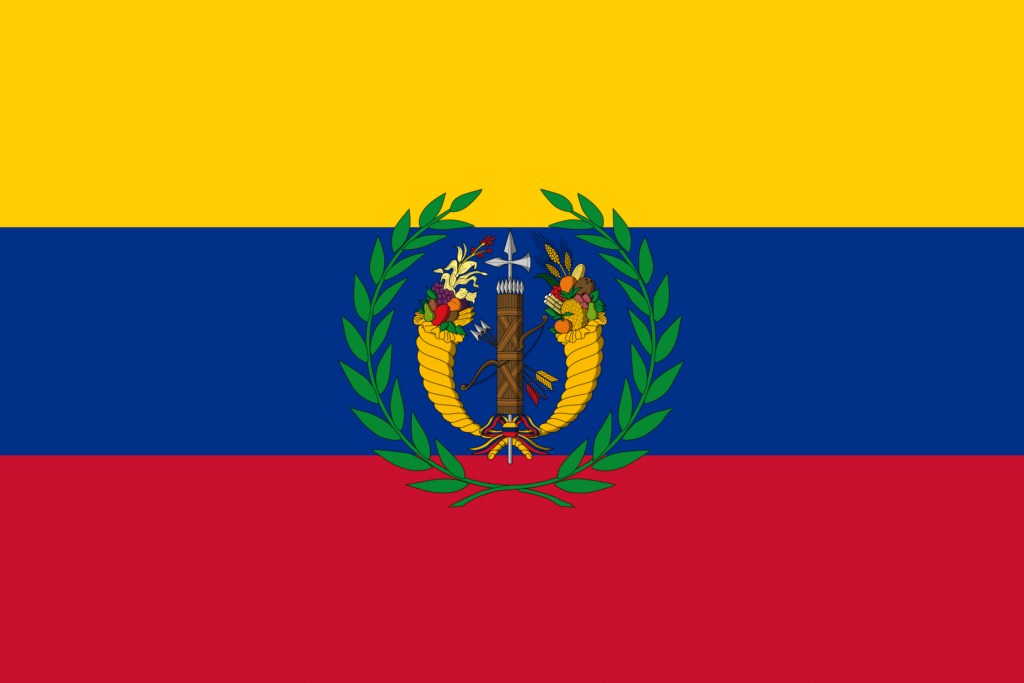
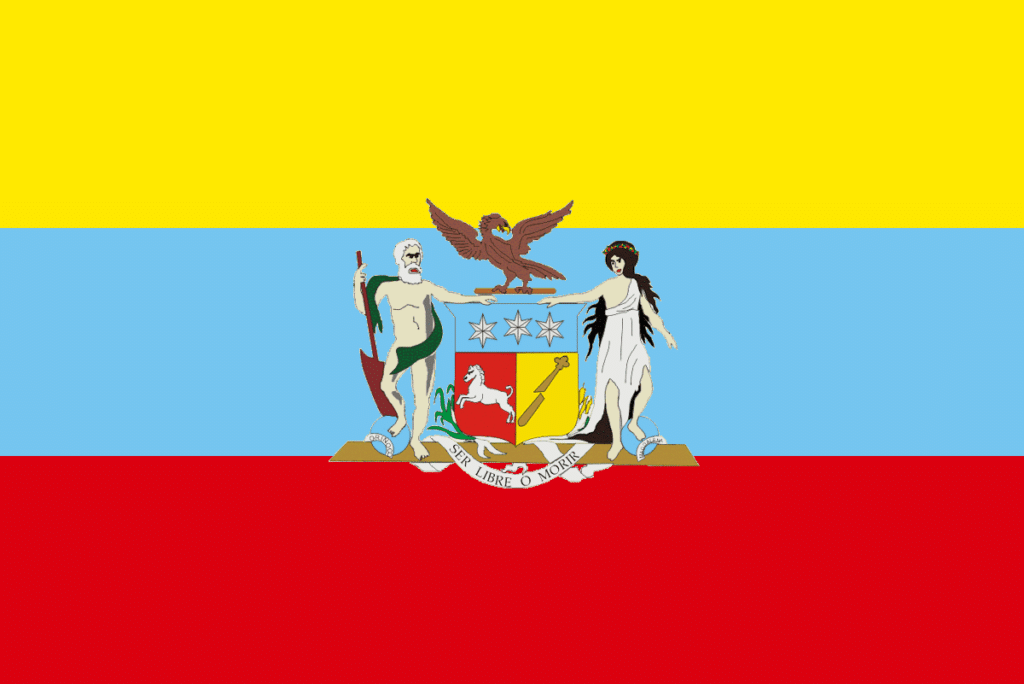
In 1831, Gran Colombia separated, with Panama going its own way while Nueva Granada retained its unity to establish New Granada. The adopted flag featured a vertical tricolour of red, blue, and yellow.
Even when the nation transformed into the Granadine Confederation in 1858, the flag retained its original design.
In 1863, the nation transitioned into the United States of Colombia. The updated flag retained the colours of its predecessor but rearranged them, forming a horizontal tricolour of yellow, blue, and red, with a more prominent yellow section.
Even with the change in the country’s name to the Republic of Colombia, the flag’s design remained unchanged.
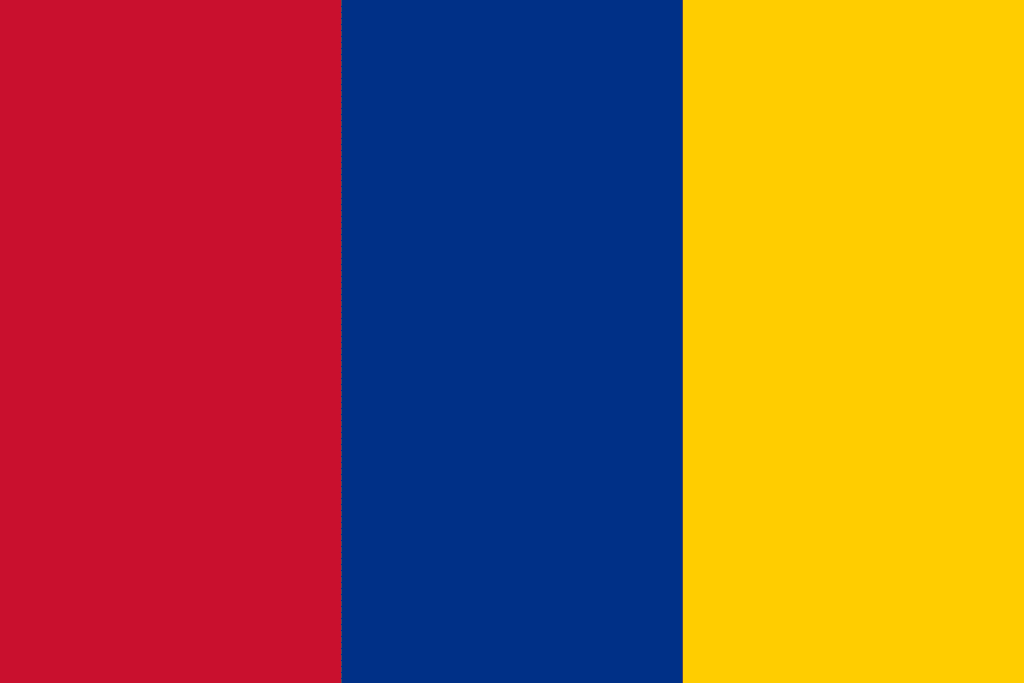
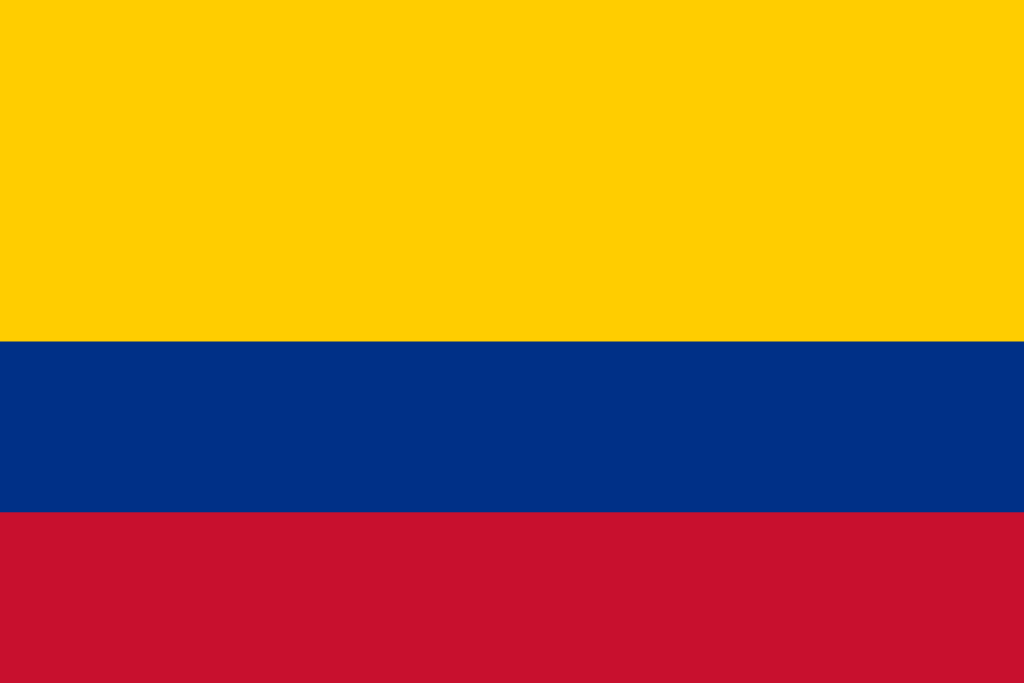
In 1903, Panama separated from Colombia, and a proposed new flag emerged. It consisted of 14 alternating red and yellow stripes, along with a blue rectangle in the upper left corner.
Inside the blue rectangle were two connected suns. However, this flag was never formally adopted.
It wasn’t until 1925 that the country officially embraced its national flag. The flag is divided into four sections: the top left features a white field with a blue five-pointed star, the top right displays a solid red field, the bottom left shows a solid blue field, and the bottom right presents a white field with a five-pointed red star.
These colours symbolize different political parties, and the white is indicative of the peace maintained between them.
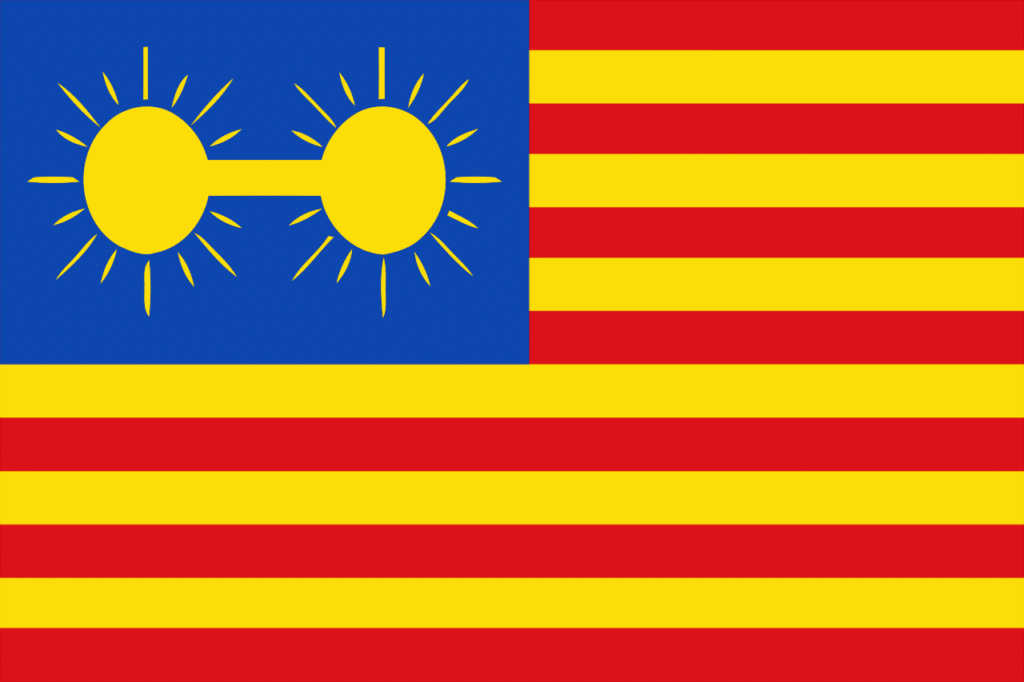
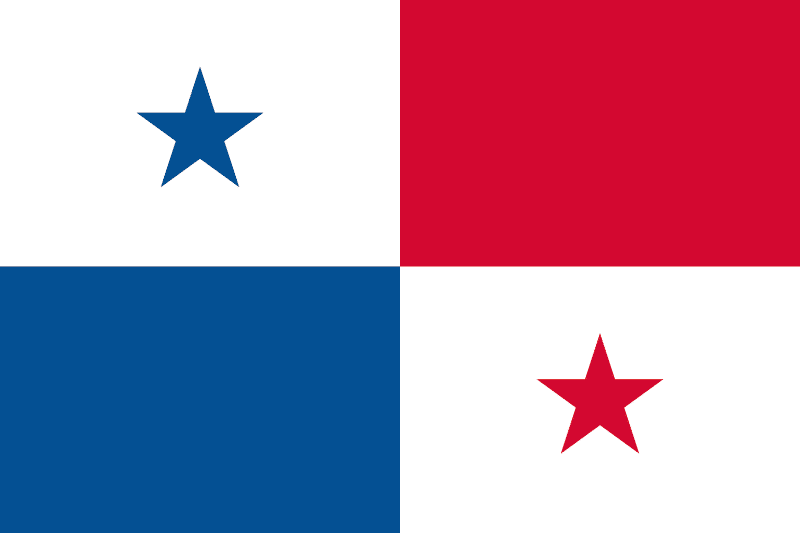
Panama’s flag has undergone a fascinating evolution, reflecting the country’s historical and political transformations.
From its early colonial period under Spanish rule to its role in various confederations, the flag has been a visual testament to Panama’s journey toward independence and self-identity.
The distinct changes in design and symbolism over the years highlight the nation’s rich history, diverse influences, and the enduring pursuit of unity and peace.
Related: Aromantic Flag: Everything you Need to Know
Panama Flag Colours And Their Significance
The colours of the Panamanian flag hold significant symbolism:
Blue
Represents the Conservative Party and stands for the Pacific Ocean as well as the Caribbean Sea. It also signifies the country’s loyalty to the principles of the Conservative Party.
Red
Represents the Liberal Party and symbolizes the blood shed for Panama’s independence. It also represents the warmth and generosity of the Panamanian people.
White
Represents the peace and harmony prevailing in the country. It is also associated with the unity of the Panamanian people.
The overall design and arrangement of these colours on the flag also have historical significance, reflecting Panama’s struggle for independence and its commitment to certain political ideologies during different periods in its history.
Related: The Nigerian Flag, Everything You Need to Know
The Various Meanings Of Panama
The term “Panama” has multiple meanings depending on the context:
1. Geographical Meaning
Panama is a country located in Central America, bordered by Costa Rica to the west, Colombia to the southeast, the Caribbean Sea to the north, and the Pacific Ocean to the south.
The country is known for the Panama Canal, which connects the Atlantic and Pacific Oceans.
2. The Panama Canal
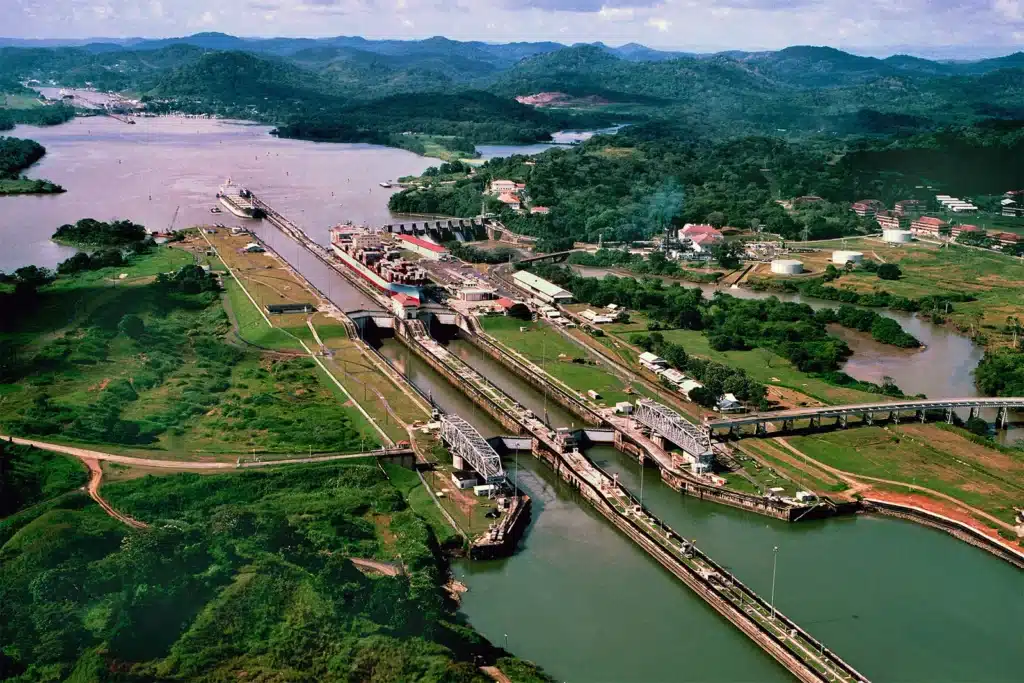
One of the most significant engineering marvels in the world, the Panama Canal is a waterway that allows ships to traverse between the Atlantic and Pacific Oceans, avoiding the lengthy and treacherous trip around the southern tip of South America.
3. Linguistic Origin
The word “Panama” is believed to have indigenous roots, and its exact meaning is uncertain. Some suggest it comes from an indigenous language meaning “an abundance of fish” or “an abundance of butterflies.”
4. Hats

The Panama hat, despite its name, is not actually from Panama but is associated with the country due to its historical significance in the construction of the Panama Canal. These hats are traditional brimmed straw hats made in Ecuador.
In various contexts, “Panama” can refer to the country, the canal, linguistic origins, or even items like the famous hat.
Related: 10 Red Flags In Relationships You Should Never Ignore
Conclusion
In wrapping up the story of Panama’s flag, it’s like taking a stroll through time and witnessing the chapters of a nation unfold.
From the early days of Spanish influence to the twists and turns of political changes, the flag has been this visual diary of Panama’s journey.
It’s more than just colours on fabric; it’s a piece of living history that echoes the resilience and dreams of a people.
The flag, with its unique blend of hues and symbols, speaks a language of its own—one that tells tales of struggles, hopes, and the ever-evolving spirit of Panama.
Frequently Asked Questions (FAQs)
1. Where is the country Panama?
Panama is a country located in Central America, sharing borders with Costa Rica to the west and Colombia to the southeast. It is situated on the narrow isthmus that connects North America to South America.
The country is known for its famous canal, the Panama Canal, which connects the Atlantic and Pacific Oceans. The capital and largest city of Panama is Panama City.
2. Is Panama a Spanish-speaking country?
Yes, Panama is a Spanish-speaking country. Spanish is the official language, and the majority of the population widely speaks it.
3. What does Panama look like?
Panama boasts diverse landscapes, including tropical rainforests, mountainous terrains, and two coastlines along the Caribbean and Pacific Oceans.
The country is home to the iconic Panama Canal, a vital waterway connecting the Atlantic and Pacific. Panama City, the capital, features a modern skyline, historical sites, and cultural attractions, showcasing the nation’s blend of urban and natural environments.



